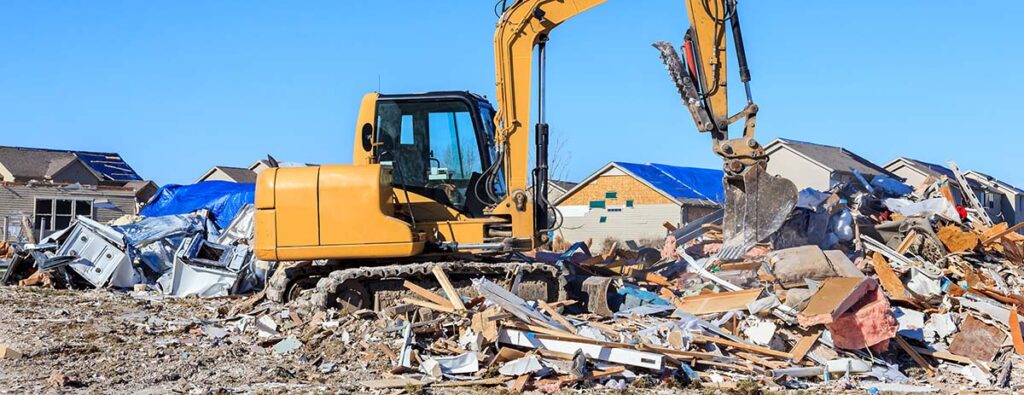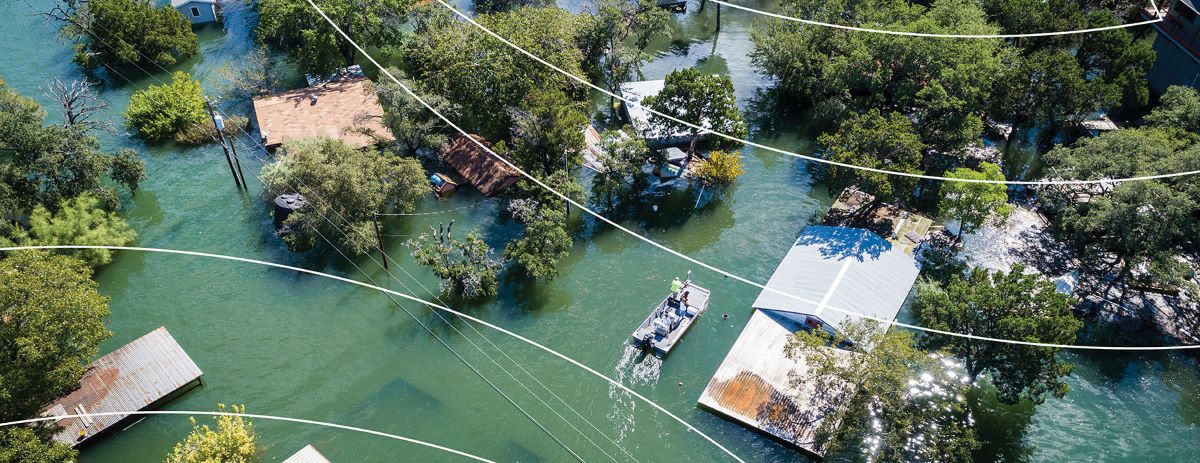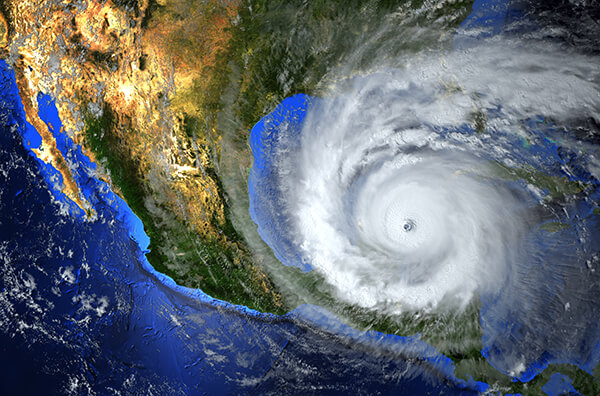After a disaster, the Federal Emergency Management Agency (FEMA) coordinates debris management efforts to help affected communities recover. One way that local governments can ensure efficient and effective debris management is by utilizing separate contractors for debris removal and monitoring.
There are several benefits to this approach, including:
- Additional resources:
Using consultants and contractors allows local governments to tap into additional resources that may not be readily available to them. For example, a debris removal contractor may have specialized equipment or a larger team of personnel that can help speed up the debris removal process. Similarly, a debris monitoring contractor may have access to advanced technology or software that can help track and report on the progress of debris removal efforts. - Specialized expertise:
Utilizing separate contractors allows local governments to focus on finding contractors that are specifically skilled in each area. Debris removal contractors should have experience with physically removing and disposing of debris, while debris monitoring contractors should have expertise in tracking and reporting on the progress of debris removal efforts. This specialized expertise can help ensure that debris is removed safely and efficiently. - Objectivity and oversight:
Having contractors for debris removal and monitoring can provide a level of objectivity and oversight to the debris management process. Debris monitoring contractors can provide independent assessments of the work being done by debris removal contractors, helping to ensure that all relevant laws and regulations are being followed. This can be especially important when it comes to compliance with environmental and historic preservation requirements. Debris monitoring contractors can also provide reports on the progress of debris removal efforts, helping local governments make more informed decisions about the debris management process. - Public engagement:
Utilizing separate contractors for debris removal and monitoring can also allow for greater public engagement in the debris management process. Debris monitoring contractors can work with local governments to develop transparent reporting mechanisms that allow the public to see the progress of debris removal efforts. This can help to build trust and confidence in the debris management process. - Risk management:
Using separate contractors for debris removal and monitoring can also help local governments better manage risks associated with the debris management process. For example, debris monitoring contractors can help identify any potential hazards or risks that may arise during debris removal, and work with local governments to develop strategies to mitigate those risks. This can help ensure the safety of personnel and the public during debris removal operations.
Overall, utilizing separate contractors for debris removal and monitoring can provide local governments with access to additional resources, specialized expertise, objectivity and oversight, public engagement, and risk management. By carefully selecting contractors with the necessary skills and experience, local governments can ensure that debris is removed safely and efficiently, allowing affected communities to recover and rebuild. This approach can also help to build trust and confidence in the debris management process, as it allows for greater transparency and accountability. By considering the benefits of using separate contractors for debris removal and monitoring, local governments can make more informed decisions about how to effectively manage debris following a disaster.

Chris Denney
Program Manager, Debris Services
Chris Denney is an established emergency management professional with over 17 years of experience in debris management, project management, data management, and disaster response. He is thoroughly trained in disaster debris monitoring processes, procedures, and best practices.
He has successfully led personnel for many debris monitoring operations including major hurricanes, floods, ice/winter storms, tornados, and oil spills. He has managed and secured funding for more than 10 million cubic yards of disaster-generated debris.



